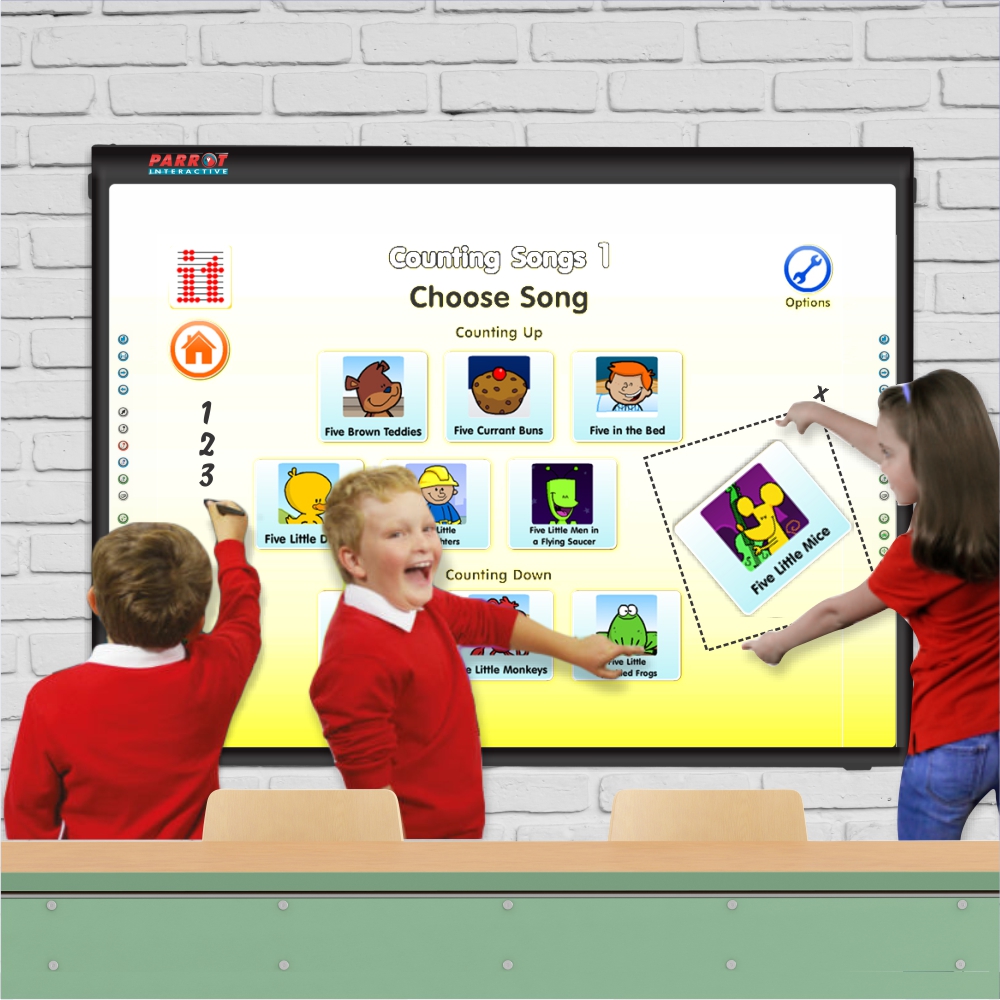In recent years, technology integration in education has become increasingly prevalent and essential in alternative schooling settings. This approach involves incorporating various forms of technology into the teaching and learning process to enhance engagement, collaboration, and knowledge retention among students.
One key aspect of technology integration in education is the use of interactive whiteboards or smart boards in classrooms. These tools allow teachers to present information in a more dynamic and engaging way, enabling students to interact with the content through touchscreens or digital pens. This not only makes lessons more visually stimulating but also caters to different learning styles, making it easier for students to grasp complex concepts.
Additionally, online platforms and educational software have revolutionized the way teachers deliver instruction and assess student progress. Learning management systems (LMS) such as Google Classroom or Moodle enable educators to create virtual classrooms where they can share resources, assign tasks, provide feedback, and track student performance. These platforms promote a more personalized learning experience by allowing students to work at their own pace and access resources tailored to their individual needs.
Furthermore, technology integration extends beyond traditional classroom settings through virtual reality (VR) experiences and online simulations. By immersing students in virtual environments related to their curriculum – such as historical landmarks or scientific phenomena – educators can provide hands-on learning opportunities that would otherwise be inaccessible. This not only enhances student engagement but also fosters critical thinking skills as students navigate these immersive experiences.
Overall, technology integration in education offers alternative schools a powerful tool for enhancing teaching practices and improving student outcomes. By leveraging various forms of technology – from interactive whiteboards to online platforms and VR experiences – educators can create dynamic learning environments that cater to diverse learner needs while preparing them for success in an increasingly digital world.
